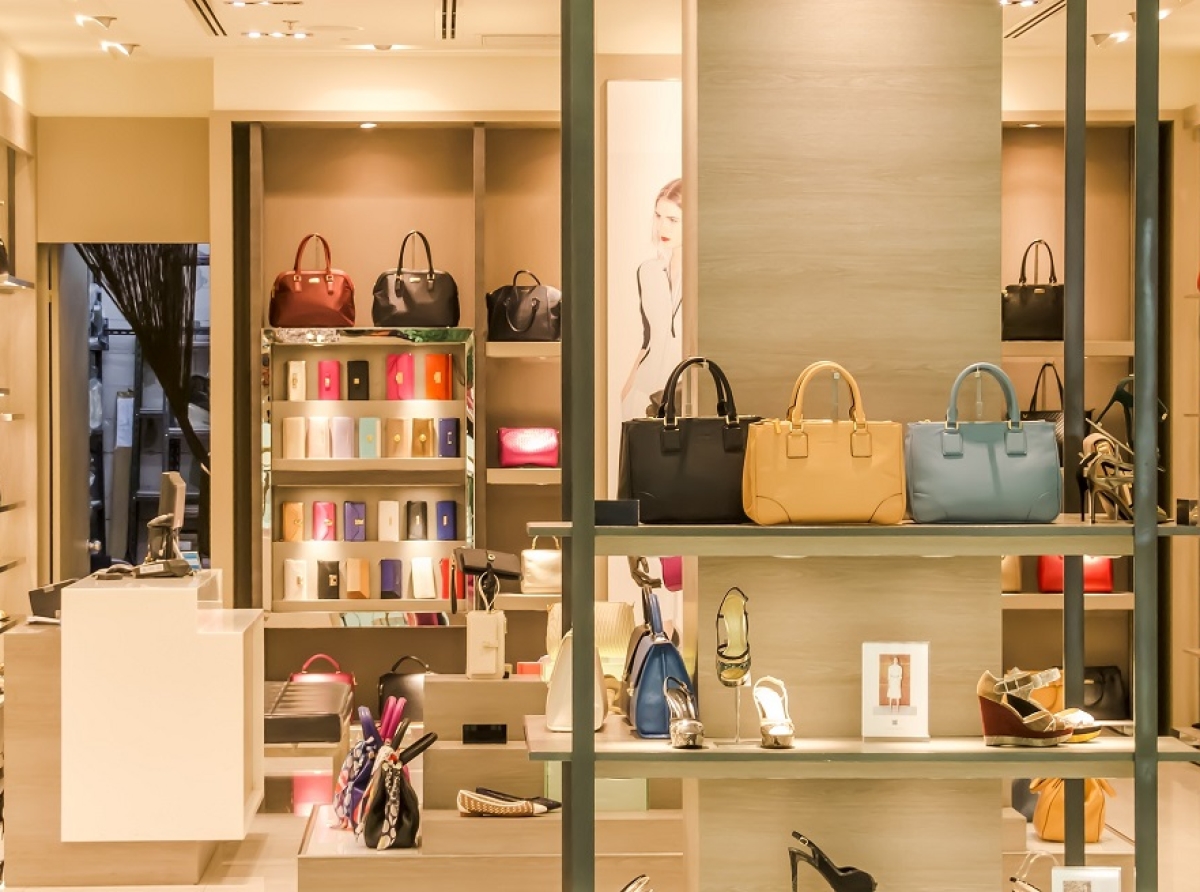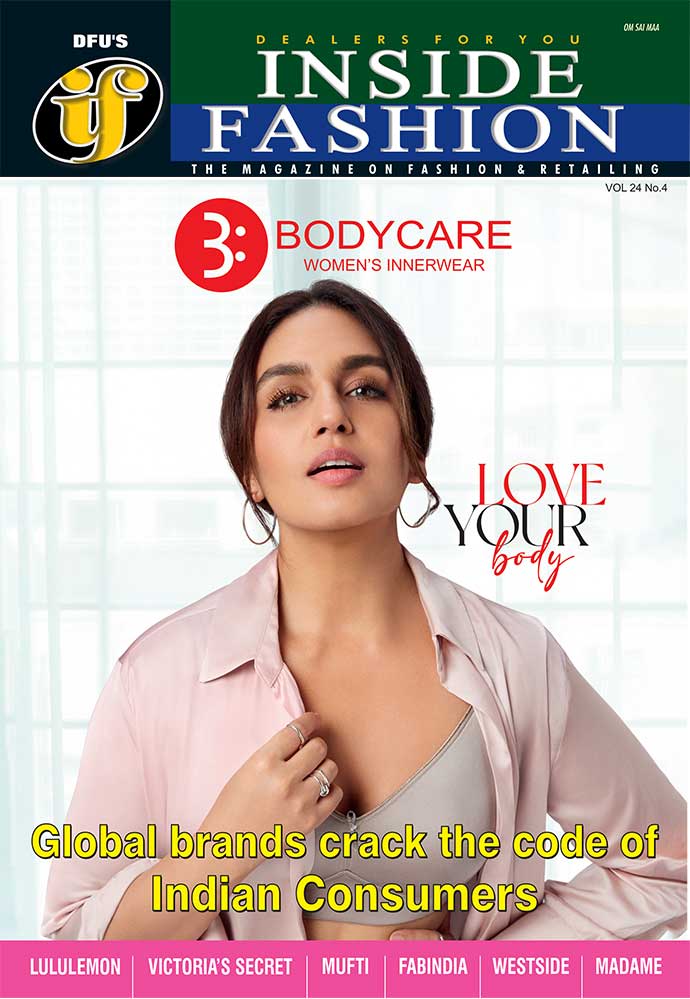Exclusivity and sustainability steers the Indian luxury apparels market

14 August 2023, Mumbai
The luxury apparel segment has managed to keep its head above troubled waters as the global premium markets slowly bounce back after two troublesome pandemic years.
While brands strive at retaining their original brand values and authenticity to keep customer loyalty, the New Age consumers are making purchases that reflect well on them along with new expectations that the Covid years have brought about.
Insights
A recent Market Research Future report has highlighted the market will achieve $139.2 billion in 2030 at a 3.23 percent CAGR by 2023-30.
The increased use of e-commerce has given a boost to sales with luxury clothing brands working with renowned designers to create small exclusive collections that are not readily available to the general public.
The apparel segment among all others will lead the global luxury market while the Gen X consumer group and women as per gender will spearhead the market over the forecast period. By distribution channel, offline will once again command the market as newer and bigger stores with a feel-good experience sprout up in major metros.
It’s a very long road from top luxe brands
With Louis Vuitton being the first international premium luxury brand to arrive way back in 2002, hundreds of global fashion players have now entered making it the fastest-growing market in the global luxury segment.
Datapoints; As per Euromonitor International estimates, the Indian market will be worth $8.5 billion in 2023, having increased by an impressive $2.5 billion in 2021, although this complex premium market requires a deep knowledge of local culture to navigate choppy waters. India’s luxury consumption, actually surged during 2020 and 2021 due to the closure of international travel, forcing rich Indians to buy locally.
However, even after travel curbs were lifted, the market is showing signs of sustained demand.
Arriving
India’s largest player in the luxury market is Reliance Brands (RBL) which has partnerships with over 60 brands, including Tiffany, Burberry, and Giorgio Armani along with investments in homegrown luxury brands such as Manish Malhotra, Ritu Kumar, and Abu Jani-Sandeep Khosla.
In fact, several global luxury companies are now introducing their latest global catwalk collections in the country and special India-only editions. They include big LVMH and Aditya Birla-owned multi-brand outlet, The Collective, among others.
Meanwhile, the lucrative wedding market too has shown significant growth, and luxury fashion houses such as Purple Style Labs founded by Abhishek Agarwal, which operates Pernia’s Pop-Up Shop and Wendell Rodricks, have estimated India’s current luxury industry at Rs 10,000-12,000 crore, where the wedding collection segment is worth Rs 7,000-8,000 crore distributed among almost 1,000 designers and premium brands.
Drivers of the red carpet road ahead
However, for many luxury brands, India has remained only about two-three EBOs located only in major Tier I cities that focus on customer attention locally rather than waiting for Indians to travel abroad to make their exclusive purchases.
Analysts remain in hope that India could well be the next China if this sustainability in the luxury segment continues.
Emerging technologies
Premium consumers need savvy brands that use digitally enhanced retail, digital tech, and AI to create relevance, foster loyalty, and ultimately boost their bottom line as well as cater to the specific needs of each of their valued customers
As global pressure grows to make the fashion industry more circular, premium retailers and brands need to focus on adapting their distribution and retail strategies in post-pandemic years by encouraging repairing, promoting recycling, and facilihttps://youtu.be/xzBMrbj-FsItating the resale and rentals of products to minimize overfilling of global land-fills and create a greener environment.
























